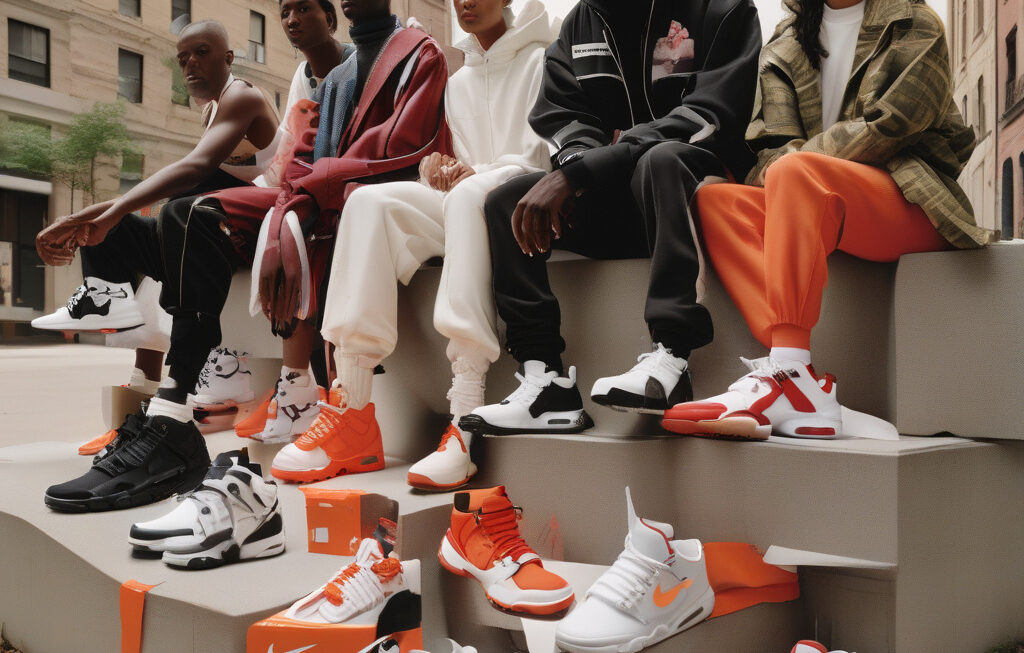Adidas Faces Backlash and Issues Apology for Sandal Appropriating Indigenous Mexican Design
Adidas, a renowned sportswear and footwear brand, recently found itself in hot water over its latest release, the Oaxaca slip-on. Created in collaboration with Mexican-American designer Willy Chavarria, the shoe features a black sneaker sole adorned with the distinctive leather weave pattern commonly seen in Mexico’s traditional huarache sandals.
The Oaxaca slip-on, unveiled just five days ago, was intended to be a fusion of modern street style and traditional Mexican craftsmanship. However, instead of being celebrated for its design innovation, the shoe quickly drew criticism for cultural appropriation and insensitivity towards indigenous Mexican communities.
Many people took to social media platforms to express their disappointment and frustration with Adidas, accusing the brand of exploiting and profiting from indigenous designs without proper credit or respect. The issue of cultural appropriation in fashion is not a new one, with numerous brands facing backlash in the past for similar missteps.
In response to the growing backlash, Adidas issued a public apology, acknowledging the concerns raised by the community. The brand expressed regret for any offense caused and committed to taking immediate action to address the situation. Additionally, Adidas pledged to conduct a thorough review of its design and collaboration processes to prevent similar incidents in the future.
The controversy surrounding the Oaxaca slip-on serves as a reminder of the importance of cultural sensitivity and ethical practices in the fashion industry. As brands continue to draw inspiration from diverse cultures and traditions, it is crucial that they do so in a respectful and responsible manner. Failure to do so not only risks damaging a brand’s reputation but also perpetuates harmful stereotypes and erases the contributions of marginalized communities.
Moving forward, it is essential for brands like Adidas to engage in meaningful dialogue with the communities from which they draw inspiration. By collaborating with local artisans, acknowledging the origins of their designs, and giving back to the communities that inspire them, brands can create authentic and mutually beneficial partnerships.
In conclusion, while the controversy surrounding the Oaxaca slip-on may have been a misstep for Adidas, it also presents an opportunity for reflection and growth. By learning from this experience and committing to more ethical and inclusive practices, Adidas has the chance to not only make amends but also set a positive example for the fashion industry as a whole.
Adidas, culturalappropriation, fashionindustry, ethicalpractices, inclusivity












